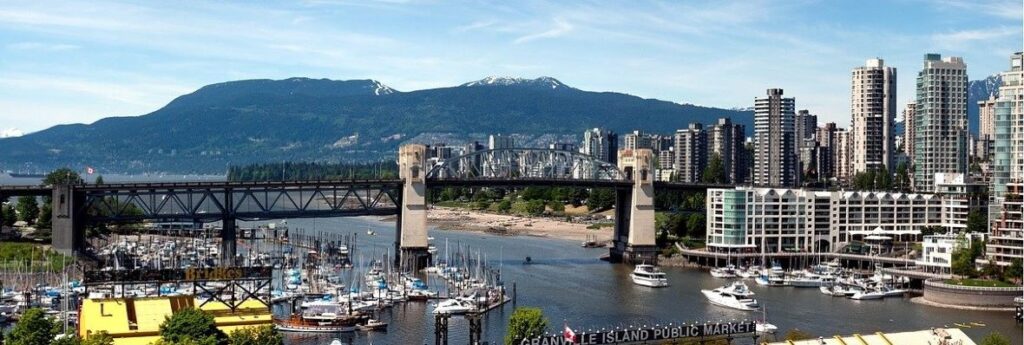Vancouver, Niagara Falls and Quebec City will lead Canada’s domestic tourism recovery in 2022, according to a just-released real estate report by Toronto-based CBRE, which says the three destinations experienced increased domestic leisure traffic in 2021 and will continue to outperform other markets next year after benefiting during the pandemic from Canadians travelling within the country due to COVID-19 restrictions on foreign travel.
British Columbia saw more than 14 million overnight visits from Canadian travellers in 2021, compared with 13.5 million in 2019 before the pandemic and the real estate firm is forecasting that Vancouver will outperform other Canadian markets in 2022 with occupancy projected to hit 55%, average daily hotel rates to rise to $176, and revenue per available room (RevPar) to increase to $97 from $47 in 2020, but down from $175 in 2019.
Occupancy in Niagara Falls is expected to be the highest of any Canadian market at 59%, more than double the pandemic low and down just eight percentage points from 2019. Rates and revenues are expected to further improve next year but remain below pre-pandemic levels.
Quebec City’s occupancy of 55%, plus rates and revenues are projected to be buoyed by meeting and conference travel in the second half of next year.
“Resort destination location properties have seen the strongest RevPar bounce back in 2021, similar to what we saw in 2020,” says CBRE Hotels Director Nicole Nguyen. “While RevPar is still below their 2019 levels these markets are making great strides toward recovery.”
Urban hotels
CBRE says urban downtown hotels that have struggled during the pandemic will face a long road back to pre-pandemic numbers.
It is projecting that all 13 of Canada’s major hotel markets will have RevPar under $100 in 2022, with Vancouver at $97, Montreal at $79 and Toronto at $78. The last time Canada saw all its major markets under $100 was in 2010, in the midst of the global financial crisis.
Overall RevPar is expected to increase 53% to $72 next year but the recovery to pre-pandemic levels likely won’t occur until 2025.
A more complete recovery in the industry will depend on the return of US travellers and resurgence in business travel that is expected to start next spring.

